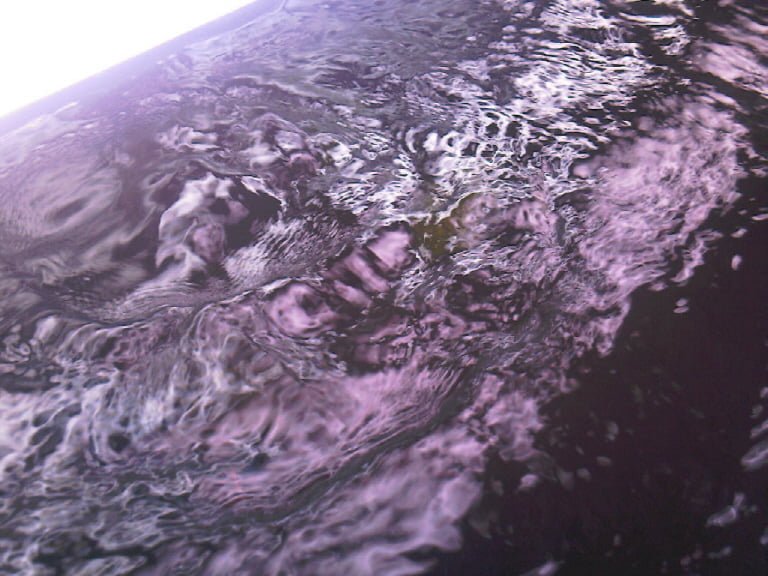Using water treatment is a necessary evil for some
Using water treatment is a necessary evil for some of us. There’s a wide variety of brands and types of water treatments available these days. Unfortunately for our fish, most of us don’t know how to use them or why we should or shouldn’t. Many fish have been killed due to improper use of these treatments. Made up of dangerous chemicals, water treatment has no place in a natural environment
We depend on using water treatment to create a healthier environment for our fish, which is a bit of an oxymoron
Water treatment is used by our cities to destroy bad bacteria in our drinking water. For some of us, it’s a necessary evil. Experienced goldfish keepers know that chlorine in our tap water can kill the beneficial bacteria that create the nitrogen cycle. We been told we must use water treatment designed to destroy chlorine, although this isn’t true. A liquid gas that destroys bacteria; chlorine is easily eliminated from water by exposing it to oxygen
Large cities often use ammonia and chlorine both; called ‘combined ammonia’ or chloramines. Ammonia is not gas, and can only be eliminated with water treatment. Most basic water treatments eliminate both chloramines and chlorine
Eliminate chlorine from tap water without the use of commercial water treatment
Oop Boost destroys chlorine found in tap water, or add a small pump in your freshwater bucket as shown below. Water hits the air, which destroys the chlorine. Depending on the amount of water, and the size of the pump, it takes only a few hours to get the job done. Use a chlorine tester before adding to your aquarium or pond. In trace amounts, chlorine is safe for fish, but deadly for the beneficial bacteria that create the nitrogen cycle
About water treatment
Water treatment is also used to convert the dangerous toxins produced during the nitrogen cycle. Ammonia is the first toxin to be created in the cycle. Some products convert only ammonia, whereas some products also convert nitrites and nitrates: the second and third toxins to form in the cycle
Standard products cannot keep your fish safe during the entire event of the cycle. The amount of water treatment it would take to keep the fish from being affected would poison them in itself. Depending on the brand of test kit being used, ammonia peaks at 8. to 10 ppm, whereas nitrite peaks at 5. to 8. ppm. This is why we perform daily water changes during the event; to reduce toxin levels, however, water changes stall the event
We use the term ‘convert’ loosely, because the treatment doesn’t actually change the toxin, but bonds to it, making it insoluble which keeps the fish from being affected by it
Water treatment aquariums and ponds
The most commonly used water treatments on the market today are listed as follows
Stress Coat
Designed to eliminate chlorine and chloramines. Contains trace amounts of Aloe Vera to increase the external slime coat on fish. Some brands of Stress Coat also convert ammonia
Learn more about Goldfish Slime Coats
Seachum Prime
Designed to eliminate chlorine, chloramines, ammonia, nitrites and nitrates. Safely converts 1.ppm of ammonia and nitrites per dosage. Converts 5 ppm of nitrates per single dose
Do not exceed daily triple dose; use daily
Kordon Amquel Plus
Designed to eliminate chlorine, chloramines, ammonia, nitrites and nitrates. Harmless if used in moderation. Safely converts 2.ppm of ammonia and or nitrites per dosage. Converts 10 ppm of nitrates per single dose
Do not exceed double dose; use every other day
Using water treatment
Performing a live cycle places the fish at risk. Some already have fish when they learn about the cycle
Here’s the solution; the Semi Live Fish Free Cycle
Water treatments don’t actually eliminate ammonia, nitrites and nitrates. The toxins will show up on a test result. This is where people get into trouble. They think the toxin is still present, so they use more and more water treatment, poisoning their fish
Only a freshwater change eliminates or reduces the amounts of these toxins when present. If the toxin levels do not change after freshwater changes, test your freshwater source for same toxin
Metals in our tap water
Depending on your location; the type and condition of the pipes in your home or office; there are trace amounts of metals present in your freshwater source. Contact your water department, or pull up a water report online to find out if you should be using water treatments to convert metals. Rust and copper show up in our tap water because our pipes are old. If you’re concerned, take a sample of your water to a laboratory
Water treatments designed to safely convert metals, keeping your fish safe may or may not be necessary. You will have to judge which is the safer; the metal or the water treatment. Keep in mind that metals have always been in the ground, and always will be. Every natural body of water contains trace amounts. Obviously, the fish that thrive in these bodies of water can tolerate their presence
Healthier choice for water treatment that converts metals Fish Protector by Kordon
Algae is a plant form, and belongs in every water world, especially an aquarium or pond. Novice and experienced goldfish keepers alike mistake it for grunge. The industry takes advantage by selling treatments that eliminate it. Most labels read safe for fish, but such is not the case. Many a fish have died from the use of these treatments
Enlighten yourself on this amazing plant Algae living plant
10 Steps to Goldfish Koi Keeping
Using water Treatment
All rights reserved
Author: Brenda Rand
